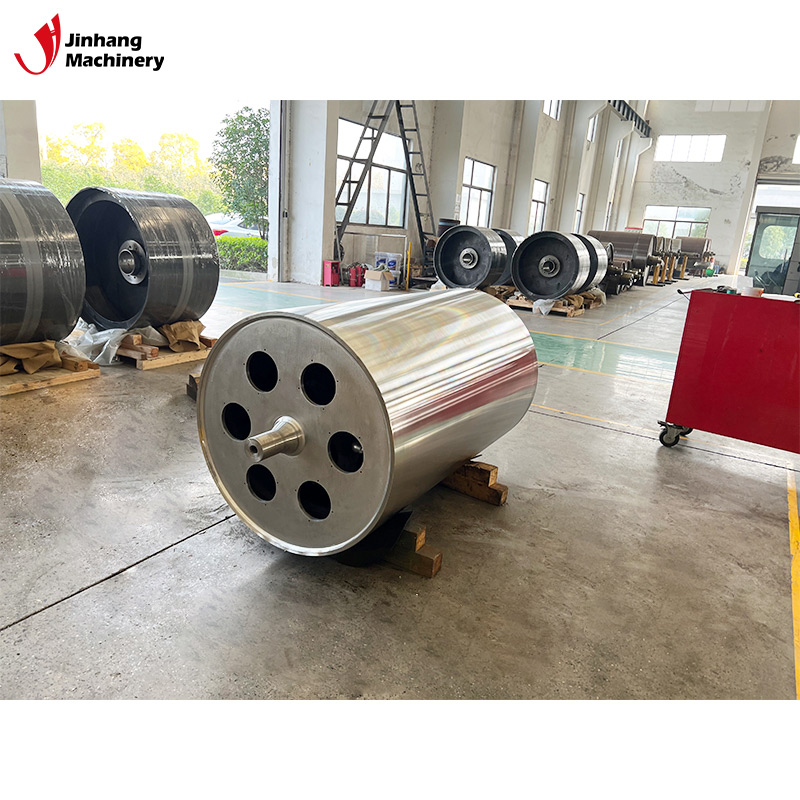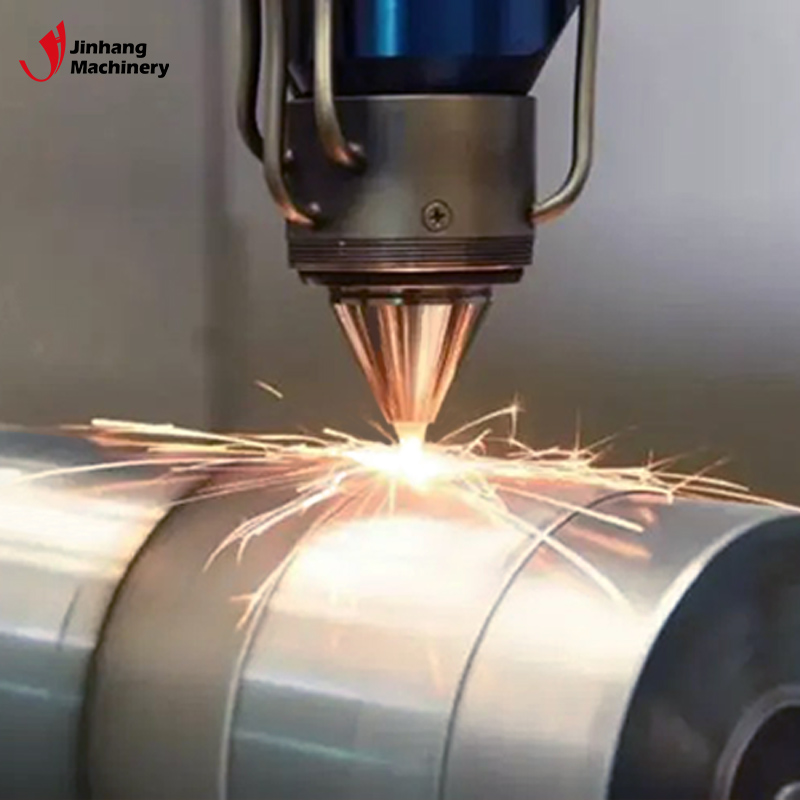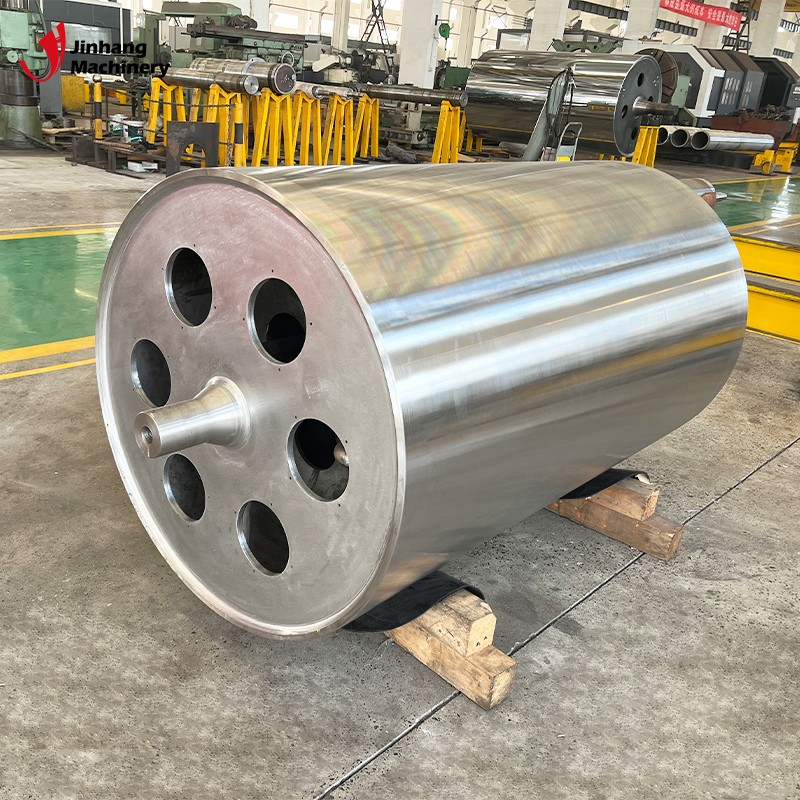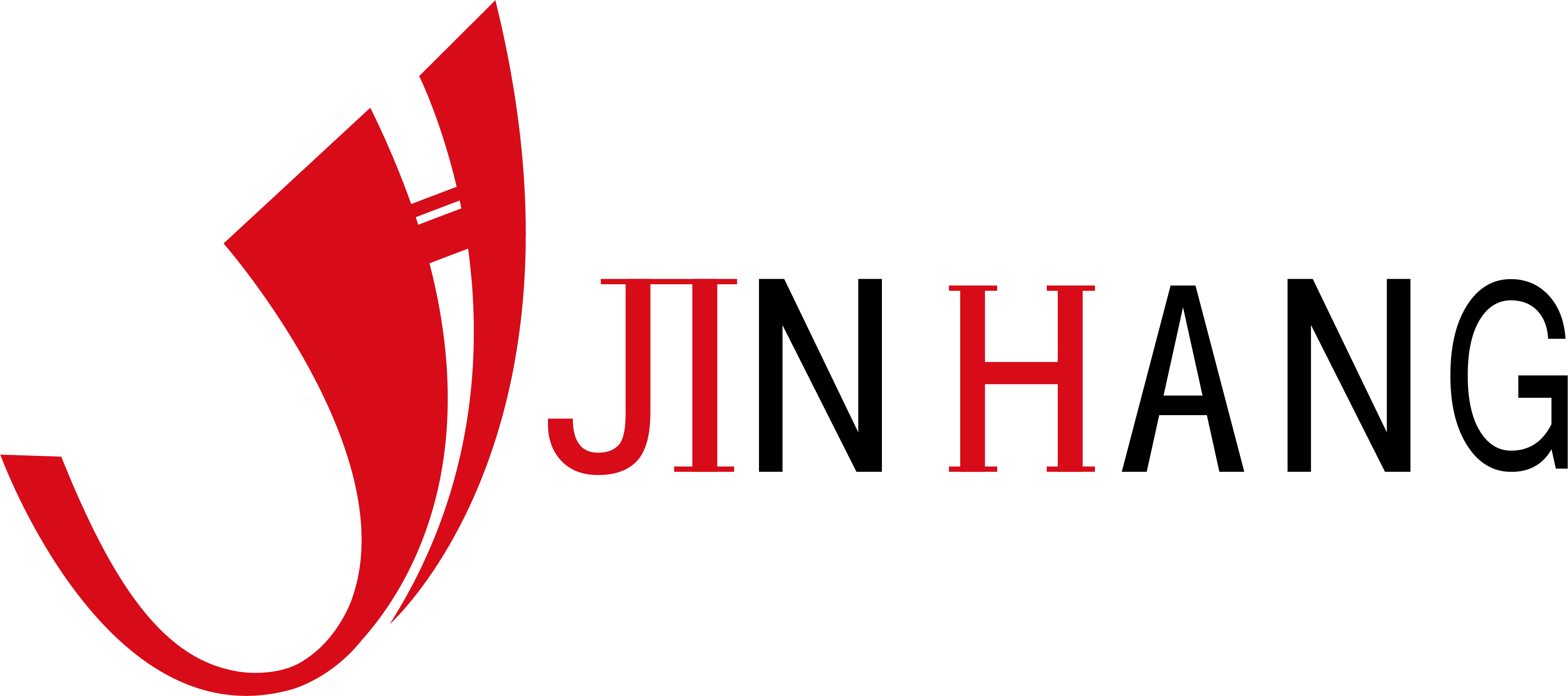¿Qué es un rodillo enfriador? ¿Cuál es su función?
Chill Roller is a key equipment used to cool and adjust the temperature of materials in industrial production processes. It is widely used in many industries such as plastics, rubber, papermaking, metal processing, etc. to ensure that the product reaches the required temperature conditions during the manufacturing process, thereby ensuring quality and performance.

How does a Chill Roller work?
The working principle of a Chill Roller is mainly based on conduction cooling and convection cooling. There is usually cooling water or coolant circulating inside the roller, and the material is cooled by heat exchange between the roller surface and the processed material. Chill Rollers are usually made of materials with high thermal conductivity to improve cooling efficiency. The internal coolant is kept at a constant temperature through the cooling system to ensure that the roller surface is always in a cooling state.
1. Conduction cooling:
Conduction cooling is one of the main cooling methods of cooling rollers. Through direct contact between the roller surface and the material, heat is conducted from the material to the roller surface, and then taken away by the coolant inside the roller. This cooling method is efficient and suitable for processes that require rapid cooling, such as plastic extrusion and film production.
2. Convection cooling:
Convection cooling is to remove heat through the flow of coolant inside the roller, thereby reducing the temperature of the roller surface. The coolant circulates inside the roller, cools through the cooling system and is then recycled. Convection cooling can keep the temperature of the roller surface stable and is suitable for processes with long-term continuous production.

What is the function of cooling roller?
Cooling rollers have many important functions in industrial production: controlling material temperature, improving production efficiency, ensuring product quality, and improving equipment life.
1. Control material temperature:
In the process of plastic and rubber processing, material temperature control is crucial. Chill Roller can effectively control the temperature of the material to ensure its stable performance during the processing. For example, in the plastic extrusion process, the plastic melt needs to be quickly cooled by the Chill Roller, solidified and formed before subsequent processing. The temperature control ability of the Chill Roller directly affects the quality and performance of the final product.
2. Improve production efficiency:
Through the effective cooling of the cooling roller, the cooling speed of the material can be accelerated and the production efficiency can be improved. On a high-output production line, the cooling roller can quickly reduce the material temperature and shorten the cooling time, thereby improving production speed and efficiency. For example, in film production, the cooling roller can quickly cool the film into shape and increase the running speed of the production line.
3. Ensure product quality:
The temperature control ability of the Chill Roller has a direct impact on product quality. During the production process, the temperature change of the material will affect its physical and chemical properties. Through the precise cooling of the Chill Roller, the dimensional accuracy, surface quality and mechanical properties of the product can be ensured. For example, in the papermaking industry, after the paper is cooled by the Chill Roller, wrinkles and deformation can be avoided, and the flatness and quality of the paper can be ensured.
4. Improve equipment life:
The Chill Roller not only cools the processed materials, but also cools the equipment itself, extending the service life of the equipment. In a high-temperature processing environment, the equipment will generate a lot of heat when it runs for a long time, which may cause the equipment to overheat and damage. Through the effective cooling of the Chill Roller, the equipment temperature can be reduced, thermal stress can be reduced, the service life of the equipment can be extended, and the maintenance cost can be reduced.

What are the application areas of the Chill Roller?
The application areas of the Chill Roller are: plastic and rubber industry, papermaking industry, metal processing industry, textile industry.
1. Plastic and rubber industry:
In the plastic and rubber industry, Chill Roller is an important cooling equipment. Plastic extrusion, film production, sheet forming and other processes all require Chill Roller to quickly cool the material to ensure the quality and performance of the product. For example, in the plastic film production line, Chill Roller can quickly cool the molten plastic film into shape, improving production efficiency and product quality.
2. Papermaking industry:
In the papermaking industry, cooling roller is used for cooling and humidity adjustment during paper production. After the pulp is dried by the dryer, it needs to be cooled to the appropriate temperature by cooling roller to ensure the flatness and quality of the paper. Chill Roller can also adjust the humidity of the paper to avoid deformation and quality problems of the paper caused by temperature and humidity changes.
3. Metalworking industry:
In the metalworking industry, Chill Roller is used to cool metal sheets and coils. In the hot rolling and cold rolling processes, metal sheets need to be quickly cooled after high temperature treatment to obtain the required mechanical properties and surface quality. Chill Roller can effectively reduce the temperature of metal sheets, prevent overheating, deformation and oxidation, and ensure the quality and performance of products.
4. Textile Industry:
In the textile industry, Chill Roller is used for cooling and shaping of fibers and fabrics. During fiber stretching and fabric finishing, fibers and fabrics need to be cooled by Chill Roller to ensure their dimensional stability and surface quality. Chill Roller can quickly cool fibers and fabrics, avoid thermal stress and deformation, and improve product quality and production efficiency.
Conclusion on cooling roller
As an indispensable and important equipment in industrial production, cooling roller has been widely used in many industries due to its excellent cooling performance. Through reasonable use and maintenance measures, Chill Roller can effectively control material temperature, improve production efficiency, ensure product quality, and extend equipment life.
Whether in plastics, rubber, papermaking, metal processing or textile industries, cooling roller provides reliable and efficient solutions for industrial production.
